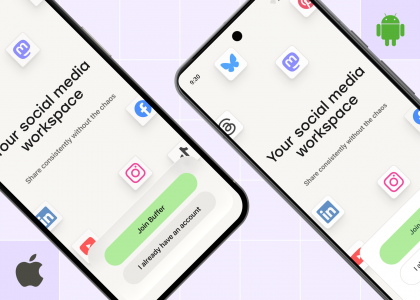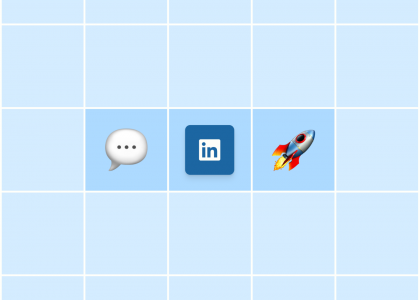
When I started selling candles on Etsy in 2013, I thought it would be a fun hobby on the side of my work as a graphic designer. I could never have imagined where my company, Brooklyn Candle Studio, would be today: producing over 500,000 candles a year in an 11,000 square foot space with 20 employees and selling in over 500 stores worldwide.
I didn’t set out with the intention to become a massive global brand, but it’s the dream for so many small business owners. Here are some of the steps that helped me scale my company—as well as a few things I wish I had done differently along the way.
1. Aim to Look More Legit Than You Feel
One of the biggest things that helped me gain early traction is that I looked like a major brand long before I was one. I took my online presence seriously from the get-go, incorporating professional graphic design, beautiful packaging and product photography, and engaging product descriptions. This strategy extended to having extremely responsive customer service (even when I was a team of one) so that buyers would have a positive experience and recommend me to others.

One of my first big breaks was when Etsy featured my candles in an email to their subscribers, and I’m sure my polished branding is part of what made me stand out to their team. It also helped early wholesale accounts take me seriously.
I was fortunate that design was my background, and I could do all of this on my own. If branding isn’t your forte, I highly recommend investing in someone who can help you make it great from the start.
2. Expect to Make Investments Before You Feel Ready
One of the things I wish I had done differently is making major investments into my business earlier than I did. For instance, I waited eight months to buy an industrial wax melter—and even then bought a smaller one than I should have—despite the fact that it would have helped us tremendously in terms of being able to fulfill more orders, faster. Trade shows are another great example: They cost a lot of money, but when I finally made the investment four years into starting the business, it doubled our sales.
Looking back at every investment I made that helped scale my business, I realize I probably should have done it a couple years earlier. I was always so risk-averse, wanting to make sure we were really ready before diving in. Looking back, I realize how much stress that strategy caused.

You’ll never feel truly ready to invest in big things for your business. But if it’s an informed risk (i.e., you can see the impact it will have on your business) and you have a backup plan for if it doesn’t work out (such as reselling machinery), then it’s probably a smart move to make sooner rather than later.
3. Adapt to What the Market Responds To
It’s basic business advice for a reason: The best way to grow is to be receptive to what is resonating with your customer base and give them more of what they want.
When I first started, I had a range of candles that were really colorful and a range that was more minimalist. I noticed at in-person markets that people were much more excited about the minimalist labels, so I cut the other line. Focusing on what was succeeding helped us scale. Even once we were selling in major retailers, I did a huge rebrand because I noticed the market was going in a different direction and wanted to stay relevant.

From narrowing down your product line to perfecting your marketing strategy, the beginning is so much trial and error, and you have to be ready to adapt based on what you learn. And if you’re putting yourself out there and nothing seems to be sticking? It may be time to go back to the drawing board entirely with your product. It’s not easy, but it’s critical if you want to create something people love.
4. Be as Resourceful as Possible
I could tell you all the exact marketing strategies that helped us grow, but things change so fast that most of them aren’t relevant today. For instance, participating in flash sales on sites like Gilt were major for me when I was growing—today, investing in influencer marketing is likely a better strategy.
Instead, I’d recommend being incredibly resourceful when researching the best avenues for getting your product out there. Head to the university of Google and read all the advice and forums you can. Ask other small business owners who are at your stage or just a few steps ahead what’s worked for them. Talk to your target customer about where they go to discover new products.
Being resourceful also means being unafraid to ask for help. You will be in over your head a lot: I remember getting my first bulk order of wax and having to haul 50-pound boxes up into my studio myself and pulling all-nighters to finish major orders. So many things along the way could have been so much easier if I’d asked friends for help or shelled out a little money to hire someone sooner.
Last but certainly not least, you have to believe in yourself and your ability to create something big. As I said before, I never imagined we’d be where we are today. It took me a long time to be confident in my product: I was constantly waiting to fail and that prevented me from preparing for growth as well as I could have. By setting your sights high, you’ll be inspired to do the work and take the risks necessary to get there.






